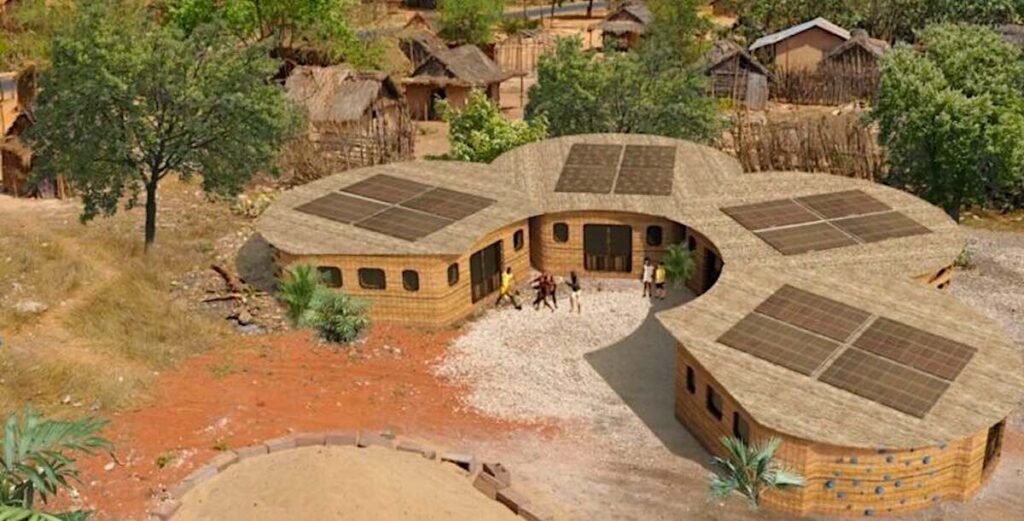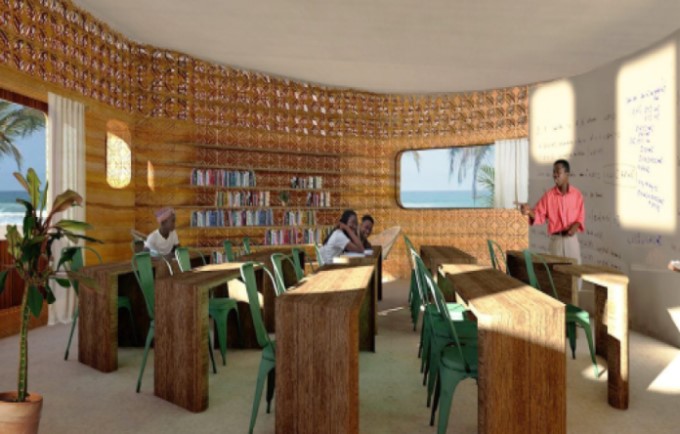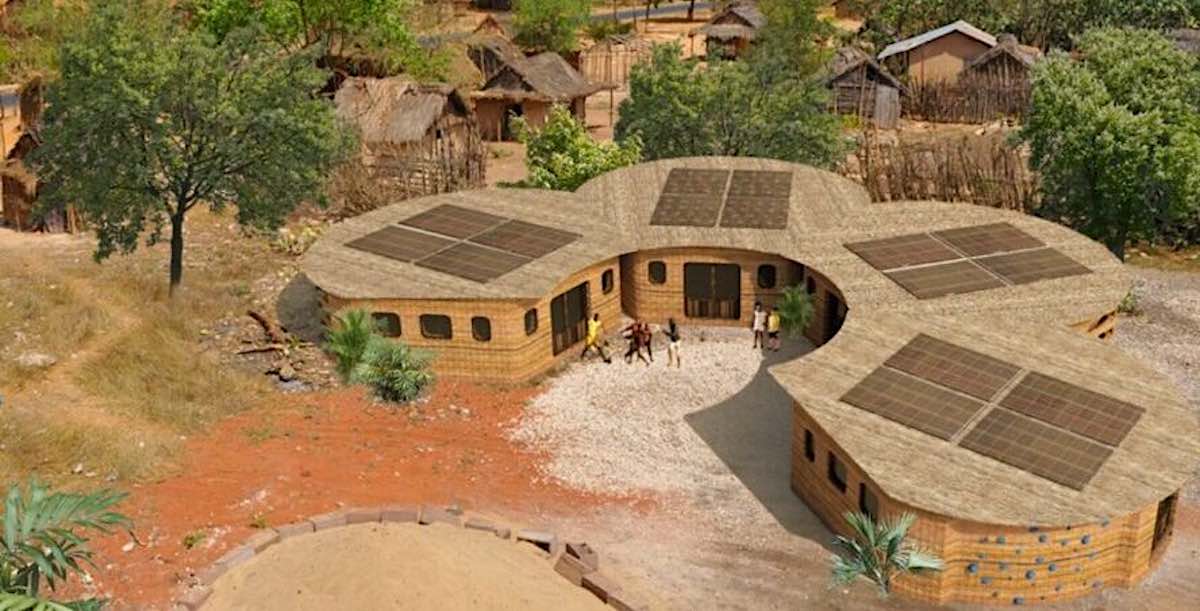A 15-year old Chinese immigrant, adopted as a baby by the founder of MapQuest, is using her adult-sized ambition to use 3D-printing to help more kids get an education in Madagascar.

Maggie Grout’s nonprofit is called “Thinking Huts” and they are fundraising to break ground on a series of modular, honeycomb-shaped schools, powered by solar panels, which would be the world’s first 3D-printed schoolhouses.
Hundreds of millions of children don’t have schools to attend around the world, and Grout feels one of the best ways to solve the problem is by bringing down the construction costs of schoolhouses. The initial pilot Thinking Hut in Madagascar is expected to cost $20,000, and in a recent interview at the Smithsonian, Grout details how, as well as being half the cost of traditional construction methods, 3D-printed buildings become cheaper when the project is scaled.
In other words the first house may cost $20,000, but the more houses that are built, the cheaper they become.
Despite the pandemic, construction on the first hut is expected to begin in the summer on the university campus of Ecole de Management et d’Innovation Technologique in the city of Fianarantsoa, home to about 200,000 people on the south end of the island.
The 3D-printer itself, at 6.5 feet, is being provided by Thinking Huts’ partner Hyperion Robotics, a Finnish 3D-printing company that builds a hodgepodge of different elements, such as building columns, patio furniture, and even artificial coral reefs.
READ ALSO: One of the World’s First Communities of 3D Printed Homes is Set to House Mexico’s Poorest Families
“We will use locally-sourced materials, remaining conscious of our environmental impact, and implement more additive manufacturing processes as the technology advances, adapting to each community’s environment,” reads their plan for Hut v1.0.

“Initial plans call for solar power, internet access, desks, chairs, and tables. The Hut will have a secure door and operating windows.”
Other features include pockets of space on the outside of the walls, that can either be used for vertical farming or artificial rock climbing walls for the kids. The exterior will be decorated with traditional Malagasy textile patterns, and local materials such as corrugated tin or wood carved by artisans.
Their honeycomb shape allows new huts to be added onto existing ones if the need for expansion arises.
Thinking Huts’ architect, Amir Mortazavi of the San Francisco Studio of the same name, wants to maintain local aesthetic appeal, desiring a building that blends into its environment—more important than ever considering the sterile grey color of the 3D-printing material.
RELATED: Stylish Tiny Homes Are Now Being 3D-Printed In 24 Hours And Shipped to Your Site
“Deforestation is a major issue in Madagascar, which holds a biodiverse ecosystem with many endemic species known only to the island,” Mortazavi told Architectural Digest. “We will be making a reconnaissance trip there shortly to find the most sustainable supplier for our furniture supply in the near future when it’s possible and safe to travel there.”
For completing several schools, with travel, electrical and plumbing, and school supplies, Grout’s charity—a 501(c)3—has already raised $125,000. Not bad for a fifteen year-old.
Educate Your Friends By Sharing This Inspiring Read on Social Media…




















